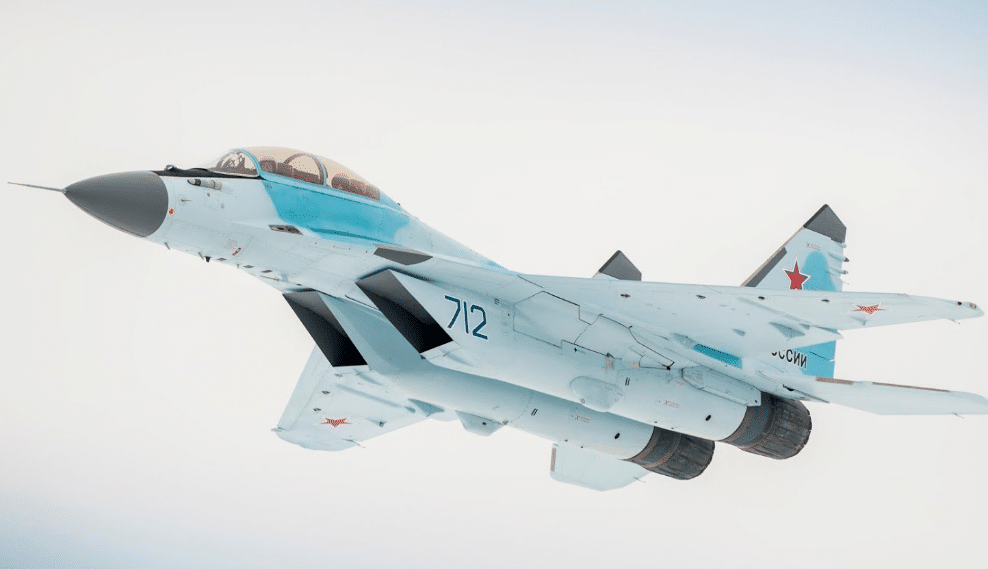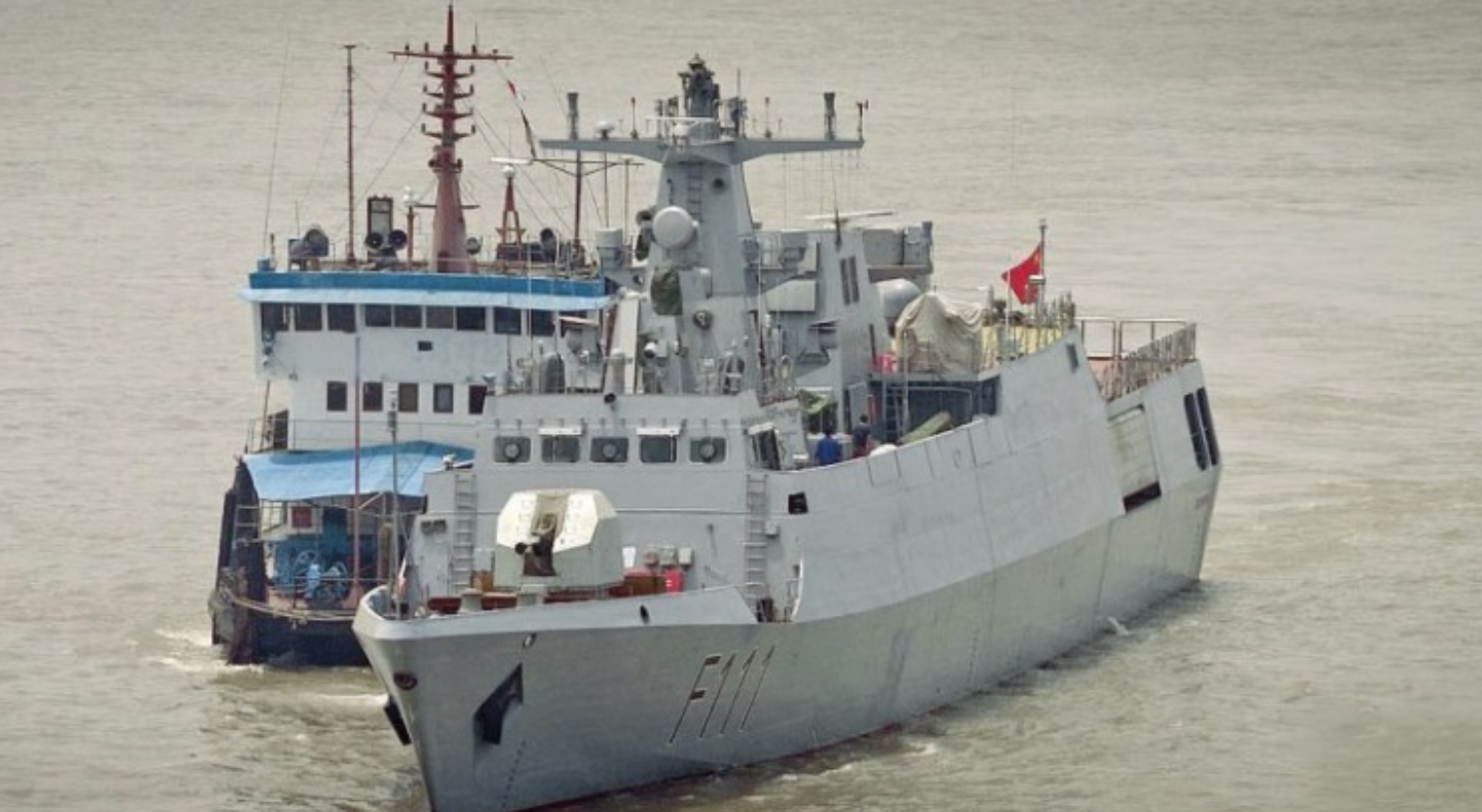2278Views 7Comments

Pakistan aiming to produce commercial commuter aircraft
Pakistan Aeronautical Complex (PAC) is reportedly aiming to produce commercial aircraft to meet growing demand for domestic/commuter air travel in Pakistan as well as the Middle East and Central Asia.
Speaking to the Khaleej Times at the 2017 Dubai Air Show, PAC’s Air Marshal Ahmer Shahzad outlined that PAC has interest in producing an aircraft with the passenger capacity of 10 to 30 seats.
Regarding export opportunities, Shahzad added, “If we make it [commercial aircraft] cost-effective, with sustained logistics and maintenance, it is going to be attractive to international customers.”
Notes & Comments:
Though PAC is primarily focused on supporting Pakistan’s defence aviation needs, the Pakistan Air Force (PAF) leadership is intent on expanding PAC’s output to include civil/commercial aircraft. The Kamra Aviation City initiative, which was inaugurated in July, is the desired launching point for this endeavour.
In his inaugural speech of the Kamra Aviation City initiative, Interior Minister – then Minister of Planning and Development – Ahsan Iqbal stated: “[This] is the model we have to learn from United States of America … engineering in our security sectors … must be leveraged for commercial opportunities and commercial applications so that it becomes a multiplier for national development.” (a thorough review of Pakistan’s aims and possible options regarding aviation industry development is available on Quwa).
The PAF leadership has invited the private sector to invest in Pakistan’s aviation activities. It even placed the JF-17 Thunder, the mainstay fighter of the PAF, as an entryway for the private sector. However, PAC is currently only sourcing ‘non-technical’ inputs, such as rubber and the like, from the private sector.
The PAF could be viewing civil aviation as a viable means to prompt and sustain substantive private sector investment in Pakistani aviation, and to readily confer high-value work/production inputs to the private sector. Unlike defence hardware, civil aviation business need not be tied to government orders to sustain activities. The private sector can help sustain, if not lead, civil aviation demand (and supply).
In terms of technical requirements, PAC’s general idea of an aircraft with a capacity for 10-30 passengers indicates an aircraft with the size of up to the discontinued Dornier 328, which also has a seating capacity for 30 passengers. PAC did not provide additional details, but other attributes could be speculated based on Pakistan’s existing commuter aircraft use. Many commuter flights occur in hot-and-high, short-take-off-and-landing and semi-prepared runway conditions, which could necessitate a turboprop-based design.
With PAC the 10-30 seat size-class, it is difficult to imagine a jet aircraft. Such aircraft are rarely utilized in Pakistan outside of the VIP/VVIP domain, and the mainstay of commercial commuter aircraft, albeit larger ones such as the ATR-42, are turboprop-powered aircraft. Turboprop designs such as the N219 and SARA are meant to connect remote and inaccessible areas at low cost, which has been a perennial area of focus for Pakistani civil aviation. It is likely that PAC’s vision of a small 10-30 seat aircraft is a turboprop design.
Of the programs immediately available, PAC could have the option of trying to join PT Dirgantara Indonesia (PTDI) N219 utility aircraft, which has a passenger capacity of 19 seats. In July, PTDI signed a ‘Framework Agreement’ with Turkish Aerospace Industries (TAI) to collaborate on the N219 in various areas, including technical support and joint marketing. The advantage of the N219 is that it is in late-stage development, having conducted its maiden test flight in August 2017. Through a co-production partnership with PTDI, PAC could have a solution in the near-term. Like other aircraft of its class, such as the Cessna Grand Caravan EX, the N219 is powered by two Pratt & Whitney Canada PT6A-42 turboprop engines, for which PAC established (or establishing) a maintenance, repair and overhaul (MRO) facility.
In the N219/Caravan EX/King 350ER class, a risker – but potentially more rewarding in development, co-production and revenue-sharing – option could be Denel Aeronautics’ Small African Regional Aircraft (SARA). The Denel SARA was envisaged a utility aircraft solution to serve markets in Africa that are not covered by major airlines. The SARA is to have a passenger capacity for 24 seats. However, Denel has yet to initiate the SARA’s development, hence there is greater risk in the program, though PAC might be able to extract more in terms technology-transfer, workshare and revenue opportunities (e.g. having exclusivity in sales, production and support for Central Asia and the Middle East) if PAC funds most of it.
Though primarily intended for commercial use, a utility or light-commuter platform could also interest the armed forces. For example, Pakistan uses the Grand Caravan EX and King Air 350ER in medical evacuation (MEDEVAC) and intelligence, surveillance and reconnaissance (ISR) roles, respectively. In fact, Pakistan’s Ministry of Interior could utilize a platform of this class for utility, MEDEVAC and border surveillance tasks. These government use-cases also be pitched to prospective export customers, which would expand PAC’s defence and security portfolio while also giving it a commercial market offering.
It is not known if PAC is also interested in jet airliners. However, viability would be contingent on growth in Pakistan’s intercity and international regional travel. The emergence of private airlines such as Air Sial, Airblue and Serene Air, while promising for demand in 100-seat narrow-body airliners, is limited in scale to justify the immense investment necessary to develop and manufacture such aircraft. If an objective, it would have to be a long-term and incrementally pursued endeavour, one that might require partnering with an overseas manufacturer to distribute the development overhead and pool markets (for scale).



7 Comments
by Joseph
Jetliner industry actually has very small number of players. Other than Boeing and Airbus, and countries like Russia and China, only Brazil, Canada and Japan are the countries I know of can produce regional jets (I could be wrong about this, feel free to let me know).
Canadian Bombardier is probably not going to survive after US imposed 220% duty on it’s aircrafts. I heard it was already starting to sell off it’s assets.
Japan’s Mitsubishi regional jet project was considered by some as a purely political project, encountered repeated delays and set backs. Originally aimed as a futuristic design with an all composite airframe, but in the end only 10% ~ 15% composite was used according to wikipedia, even Japan is dominant in composite material research and production. End up having to hire foreign exports to help with flight tests and certification.
Brazil’s Embraer seems the only one likely surviving in long term.
Anyway needless to say the first Pakistan commercial regional airliner is unlikely to be a jet. If a country like Japan that had experiences designing and producing it’s own military transport jets is having such difficulties, even as no jet engine development was envovled, it indicates how difficult it is to produce a competitive and commercially viable regional jet.
Starting with a turboprop regional airliner is far more practical and there are far more partners to choose from. I do thnik utilising domestic scale to participate a fresh project to gain maximum experience is better, and going with an established partner with proven track records would increase the chance the resulting aircraft could be commercially viable in long term.
Anyway this time it seems Pakistan really thought through and determined to create a demostic commercial aviation industry. It won’t be easy, but if it works out the pay off could be quite significant in term of both defence and economy.
by Qasim57
About time Pakistan found the courage to do big things. We are the world’s 5th biggest country by population (or 6th, depending on Brazil’s census), and the 36th biggest by territory.
Nations much smaller than us make Jet-liners and high-tech transport. I hope we collaborate with Ukraine, Turkiye, Indonesia, or other countries and get great transfer-of-tech on this!
I hope it’s something that could have a turboprop VTOL/VSTOL follow-on version.
by TZK
Something like the Czech Let-L410 which is designed for operating under extreme conditions probably a good model to base it on. PAF already operates the PRC built Harbin Y-12 or for a lager plane the Saab 2000 which the PAF also operates as Saab 2000 AEW&C and according to QUWA have plenty of experience rebuilding the air frame.
by Sami Shahid
Nice & interesting…. PAC should really develop such an air craft for domestic use & as it could be used for both military purpose & civil purpose. Our local air lines can buy such air crafts for local flights while obviously our military can also buy them. It will save much cost & also foreign reserves I guess !
by bill
One thing I like to add is that all private airlines either functional or going to be active in near future shall probably go for second hand Air crafts from Russia as happened in the past. They are there to make profits first , the safety and quality are least priority. We have seen some instances related to leased/second hand ACs being used by Shaheen Air and Air Blue.
by Stan
Going the private companies route might work otherwise goodluck
by TZK
May be they wanted some investment from their Muslim brothers to help in the project but has you say their ideas could easily be copied by someone with the financial means to put it to practice. Arab’s are businessmen above all and their financial affairs are most likely managed by western investment companies. For them US, Europe and BRICS provide a better and secure return than any Muslim country. What is needed is a Muslim investment bank similar to the Asian Infrastructure investment Bank. Muslim states like Pak do not want aid but investment and something like this project would be ideal investment for such a bank.